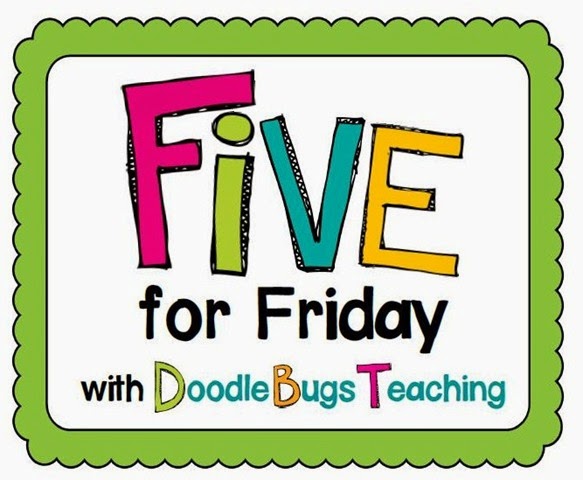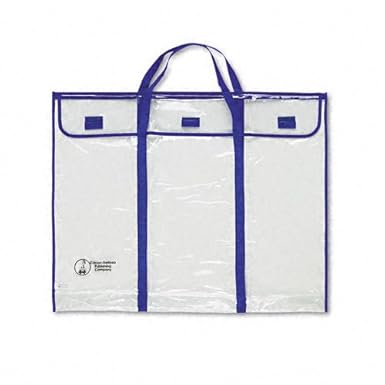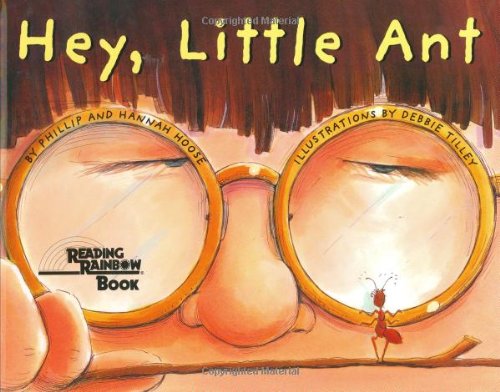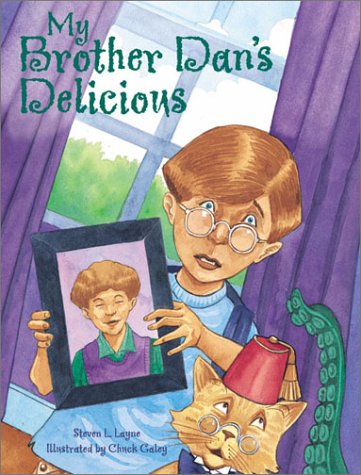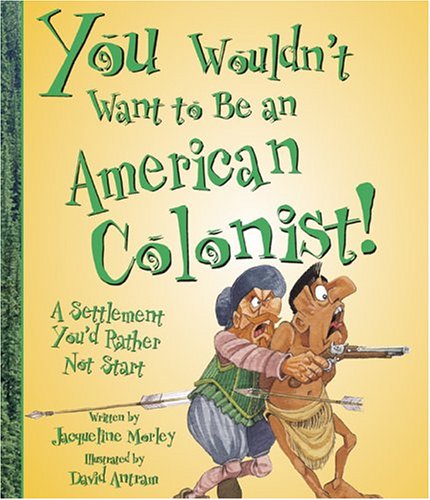Happy Memorial Day everyone! I hope you are enjoying your day off and are able to spend time with family and friends. Thank you to those of you that serve or have served in the military. My younger brother is in the Navy, and this day reminds me how thankful I am that he has always made it home safely...but I do know that not everyone has that story. I saw this on Facebook and thought it was fitting for today.

As many of you know, my school is working through a three year strategic plan to have our classrooms and our instruction become fully differentiated. This is an exciting goal, but it is a huge undertaking. When I first heard that this was our goal I panicked...I began to wonder if this meant I would ever really teach again, of I would only be tracking kids as they worked through the curriculum. Thankfully, as I began to learn about what DI really is I discovered that I already was doing a lot of differentiation, and that while I had a lot to learn, I was already well on my way to having a DI classroom.
I am thankful to have a wonderful principal. She purchased a few books for us to help us on our journey. Then she ran a book club based on the books throughout the school year to give us a chance to share our successes and failures. The two books we looked at as a faculty were both by Carol Ann Tomlinson. They were
Leading and Managing A Differentiated Classroom and
How to Differentiate in a Mixed-Ability Classroom.
Both of these books share some great facts and basic ideas on how to start differentiating.
The first thing I learned was that you can differentiate in three key areas; content, process, and product.
Content-This is exactly what you think it is, changing the content for those kids that need it. That means giving extra support, or even starting at a different place for those kids who really struggle and are not ready for the content. As well as giving students who are ready for a challenge that push that they need. If I am being honest, this is the one that I do not do naturally, so this is one area I am continuing to work.
I'll give you an example of how I did do this in math recently. We were working on long division. I spent a day reviewing long division with one digit divisors (something I had taught earlier in the year,) but then jumped into two digit divisors for those kids that needed a challenge. By the end of the week I had all but two of my students working on division problems with two digit divisors. The two students that weren't ready for two digit divisors worked on one digit divisors with me. Did they feel bad about it? No, building a solid classroom community is super important in a DI classroom (but that is for another post.)
Process-is another way that we can differentiate. This is what we (as teachers) do all the time, presenting the knowledge and skills in many different ways so that we can reach all of our students as learners. Take learning the states and capitals, you can do a variety of things to help your kiddos learn them; give them a facts sheet, make foldables or flashcards,
play a game,
learn a song, etc.
Product-Product is the final way to have your students differentiate. This is giving students the opportunity to show what they have learned in a variety of ways. I've always believed students should be able to do more than just take a test to show me what they have learned, but with the exception of reading and writing, I had most students completing the same project. This year I introduced a
Tic-Tac-Toe board and
Menu board to my students. They loved the personal choice and I loved watching them work! They were on-task and engaged the entire time, talk about a teacher's dream!
I know many of you are working on implementing DI into your classrooms so I will be sharing more about what I have learned, please know I do not claim to know it all, I'm just sharing what I have learned, in hopes that it will help some of you! As a thank you for reading this giant post I would like to give you my
South Menu board for free in my TPT store. It will be free until Tuesday afternoon, so grab it while you can. If you download it please leave some feedback and let me know what you think.
What do you do to differentiated in your classroom? Do you tend to differentiate content, process, or product?

